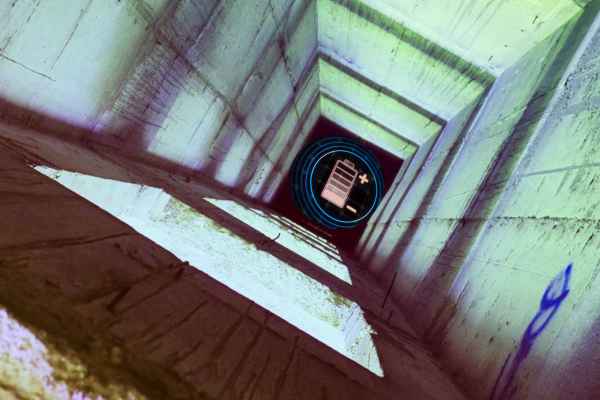Old mines reborn as batteries
This startup is on a mission to turn the world’s disused mineshafts into renewable energy storage hubs.

An Australian startup is looking to turn old, disused mining shafts into hubs to balance the ups and downs of renewable energy sources like solar and wind.
Green Gravity, based in Wollongong, NSW, has come up with a new approach: using surplus renewable energy to lift massive 80-ton weights up a shaft. When power is needed, the weights are lowered, converting that stored potential energy back into electricity.
This means that old mines, once used for extracting coal or other resources, can now play a part in the shift towards cleaner energy. The good news is that these sites already have the height needed for this type of system, and many are still connected to the electricity grid, so the existing infrastructure can be reused.
The technology, known as gravitational energy storage, provides a sustainable and cost-effective alternative to batteries or chemical processes for balancing renewable energy on the grid. Green Gravity points out that it's especially well-suited for long-duration energy storage. Unlike traditional batteries that wear out over time, this system doesn't rely on chemicals or complex machinery, making it a simpler, more durable option.
“With more than 80 deployment options in review, we expect to make a major contribution to decarbonising the energy grid in the coming years”
To accelerate the development of its technology, Green Gravity has secured $9 million in Series A funding. This will be used to wrap up the final stages of product development, including engineering and physical tests at larger scales, which are essential before making any decisions about commercial deployment.
Last year, the company opened a 12-meter-high demo plant, dubbed Gravity Lab, at an industrial site in Port Kembla, Wollongong. Looking ahead, Green Gravity has big plans with more than 80 sites under consideration for future deployments worldwide.
“The testing and engineering development Green Gravity has conducted over the past year has validated the attractive cost and sustainability profile of the technology,” Green Gravity founder and CEO, Mark Swinnerton said.
“With more than 80 deployment options in review, we expect to make a major contribution to decarbonising the energy grid in the coming years.”
Gravitational energy storage is based on a pretty straightforward concept: potential energy. When wind or solar power produces more energy than needed, that excess power lifts a mass. Then, when energy demand goes up, the mass is lowered, and the potential energy is converted back into electricity with the help of a generator. Green Gravity's system was inspired by pumped hydro like Snowy 2.0 but instead uses an 80-ton composite block positioned in a vertical mineshaft. When there's surplus renewable energy, this block is lifted. When extra power is needed on the grid, it's lowered, and the energy released during its descent is harnessed by a generator to produce electricity.





